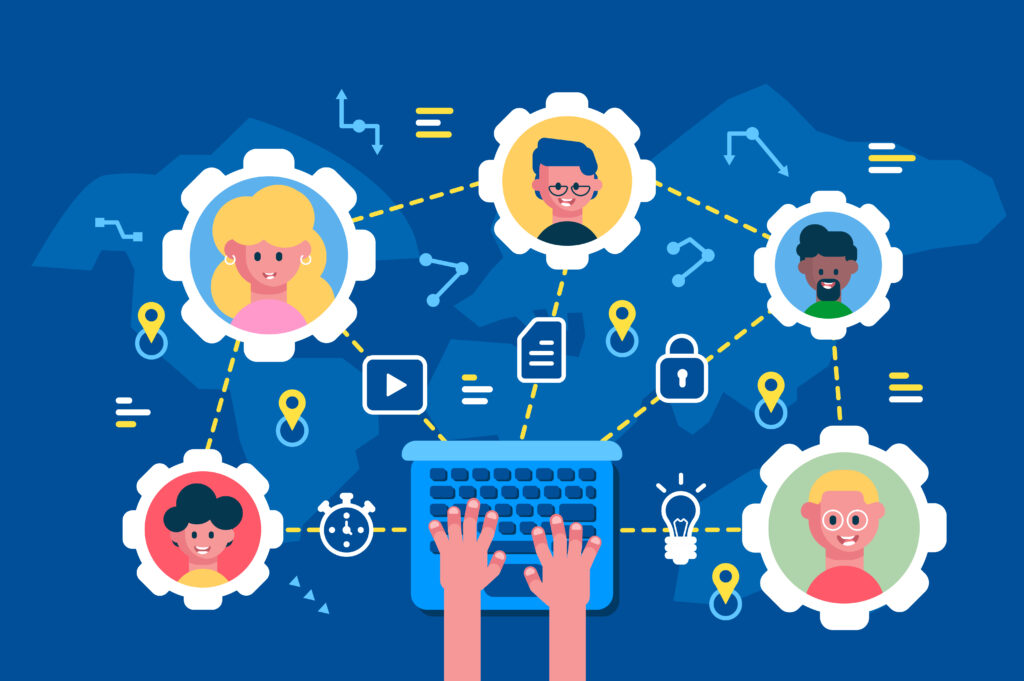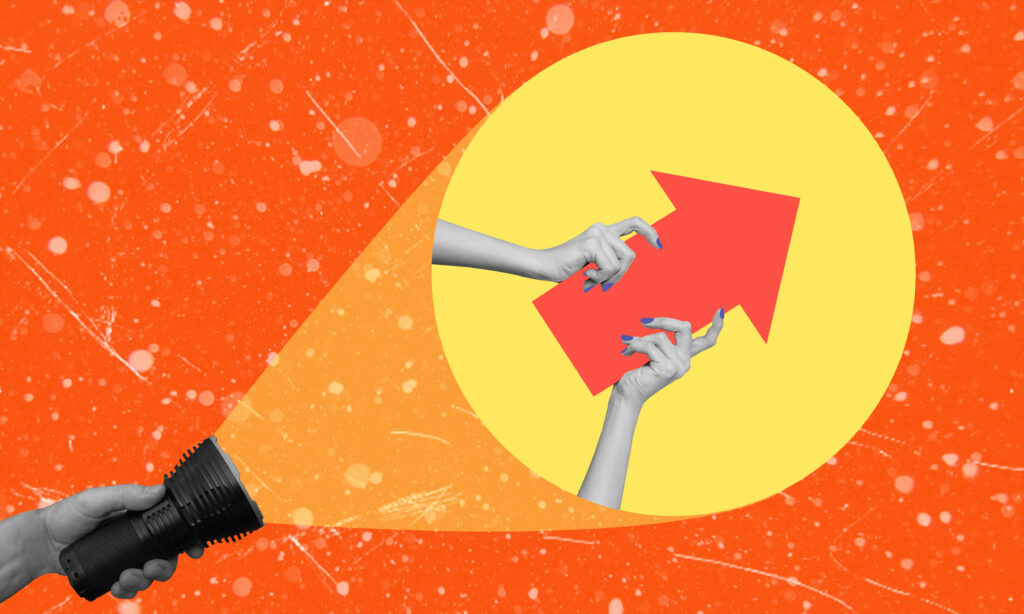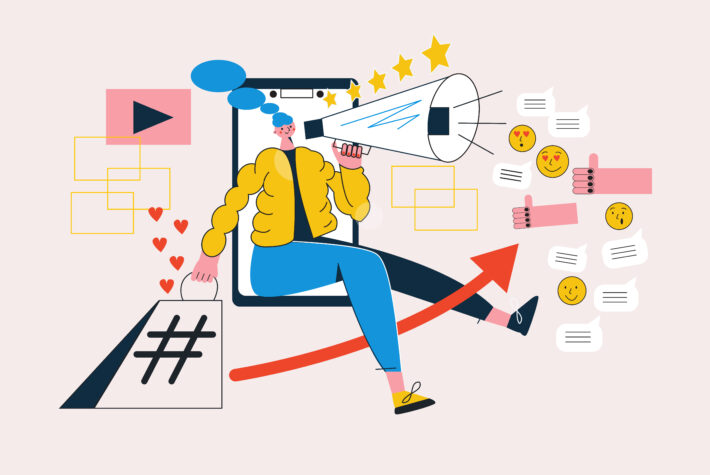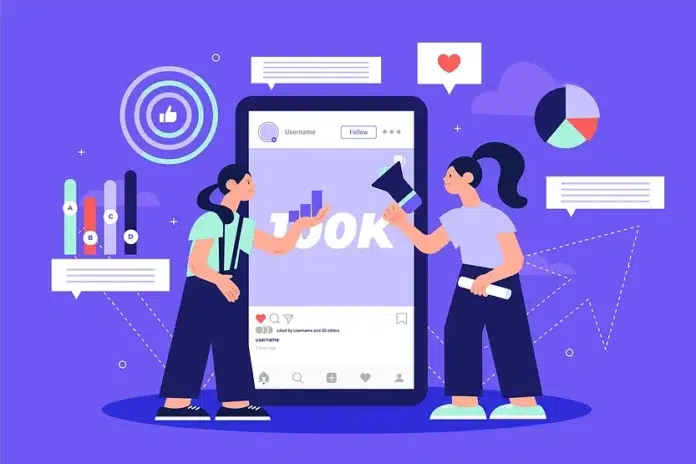Lead Generation Architecture for B2B Companies: A Step-by-Step Guide

B2B lead generation is the lifeblood of any thriving business, yet it can be a complex puzzle to solve. From understanding the nuances of modules and identifying the most effective channels for finding quality prospects, there’s a lot to unpack. But don’t sweat it—we’ve got you covered. This guide breaks down the process of building a lead generation architecture into manageable steps, helping you navigate the complexities with confidence!
What is a B2B Lead Generation Architecture?
A B2B Lead Generation architecture is a structured system that helps companies identify and engage potential business clients. It’s a critical component of the sales and marketing process, designed to:
- Attract potential customers (leads) to your business
- Capture their information and interest
- Qualify leads based on their likelihood to convert
- Nurture leads through the sales funnel
This module typically includes:
- Various lead capture methods (e.g., forms, landing pages, email campaigns)
- Lead scoring and qualification processes
- Integration with CRM and marketing automation tools
- Analytics and reporting capabilities
The goal is to create a consistent, measurable, and scalable approach to finding and converting new business opportunities. By implementing a well-designed lead generation architecture, B2B companies can streamline their sales process, improve efficiency, and ultimately drive revenue growth.
The Cost of Not Having a Lead Generation Architecture
Without a structured lead generation system:
- Sales teams waste time on unqualified leads
- Marketing efforts lack direction and measurability
- Potential customers fall through the cracks
- Company growth becomes unpredictable and challenging
A well-implemented B2B Lead Generation architectureis not just a nice-to-have—it’s a critical business system. By investing in a robust lead generation architecture, B2B companies can create a predictable, scalable engine for growth, positioning themselves for long-term success in competitive markets.
How is B2B Lead Generation Conducted?
B2B lead generation is conducted through a variety of sales and marketing activities:
Sales:
- Cold calling – Calling B2B leads to explain product/service benefits and qualify the lead.
- Outbound email – Reaching out to B2B leads via email, aiming to start a conversation.
- Social selling – Engaging with potential leads on social media, particularly LinkedIn, to develop relationships over time.
- Sales cadences – The combination of cold calling, email, and social selling techniques used by SDRs to increase lead response.
Marketing:
- Inbound marketing – Generating leads through channels like social media, online advertising, and search engines where potential customers find the company.
- Content marketing – Creating informative and educational content to establish the company as an industry thought leader and attract leads.
- Events – Hosting webinars, conferences, or other events to generate leads and nurture relationships.
- Website optimization – Optimizing the company website to convert visitors into leads.
The goal of these sales and marketing activities is to identify and attract the ideal potential customers (buyer personas), and then guide them through the sales funnel to become paying clients.

Key Components of the B2B Lead Generation Architecture
A successful B2B lead generation architecture relies on several key components working together. Here are some of the essential elements:
1. Lead Capture:
- Web Forms: Customizable forms on the company website for visitors to fill out their contact information and interest areas.
- Landing Pages: Dedicated pages for specific campaigns with strong CTAs (Call to Actions) to capture leads.
- Chatbots: AI-powered chatbots to engage visitors and collect their information in real-time.
- Social Media Integration: Capture leads from social media platforms through ads, posts, and direct messages.
- Email Campaigns: Embedded forms or links in email campaigns to capture interested prospects.
2. Lead Enrichment:
- Data Append Services: Enhance lead profiles with additional data such as company size, industry, and contact details using third-party services.
- Behavioral Tracking: Monitor and analyze lead behavior on the website and email interactions to gather insights.
3. Lead Scoring:
- Algorithm-Based Scoring: Assign scores based on predefined criteria such as engagement level, company fit, and lead source.
- AI & Machine Learning: Use AI to analyze historical data and improve lead scoring accuracy over time.
4. Lead Segmentation:
- Demographic Segmentation: Group leads based on factors like industry, company size, and job role.
- Behavioral Segmentation: Segment leads based on their interaction with the company’s content and platforms.
- Needs-Based Segmentation: Categorize leads based on their specific needs or pain points identified through interactions.
5. Lead Nurturing:
- Automated Email Workflows: Drip email campaigns tailored to the lead’s position in the sales funnel.
- Personalized Content: Deliver personalized content recommendations and updates to keep leads engaged.
- Event Invitations: Invite leads to webinars, workshops, and other events relevant to their interests.
6. CRM Integration:
- Centralized Database: Store all lead information in a centralized CRM system for easy access and management.
- Activity Tracking: Track all interactions and touchpoints with leads within the CRM.
- Pipeline Management: Visualise and manage the sales pipeline, from lead capture to conversion.
7. Analytics and Reporting:
- Lead Conversion Rates: Monitor and analyze lead conversion rates at different stages of the funnel.
- Campaign Performance: Measure the effectiveness of different lead generation campaigns.
- ROI Analysis: Assess the return on investment for various lead generation activities.
These key components collectively form a robust lead generation architecture that enables B2B companies to attract, capture, nurture, and convert leads effectively while continuously optimizing their strategies based on data-driven insights.

Proven B2B Lead Implementation Strategy
B2B lead generation architecture is critical for driving business growth, but it requires a strategic, multi-faceted approach. Key elements of an effective B2B lead generation strategy include:
Planning and Design:
- Define objectives and key performance indicators (KPIs) for lead generation.
- Map out the lead generation process and identify integration points with existing systems.
Technology Selection:
- Choose suitable tools and platforms for each component, such as CRM systems, marketing automation tools, and data enrichment services.
Integration:
- Ensure seamless integration between the lead generation module and existing systems (CRM, ERP, etc.).
- Set up data flow and synchronization processes to maintain data consistency.
Configuration and Customization:
- Customize the tools and platforms to align with the company’s specific lead generation requirements.
- Configure workflows, lead scoring algorithms, and segmentation rules.
Testing:
- Conduct thorough testing to ensure all components are functioning correctly.
- Test lead capture forms, email workflows, and CRM integration to identify and resolve issues.
Deployment and Training:
- Deploy the lead generation module in a phased manner.
- Provide training to sales and marketing teams on how to use the module effectively.
Monitoring and Optimization:
- Continuously monitor the performance of the lead generation module.
- Gather feedback from users and make necessary adjustments to improve efficiency and effectiveness.
By implementing this comprehensive, data-driven approach, you can attract, engage, and convert high-quality B2B leads to drive sustainable business growth.
What are the Best Practices for Effective B2B Lead Generation?
Power up your B2B sales engine with these lead generation best practices:
- Personalization: Personalize communication and content to meet the specific needs and interests of leads.
- Compelling content: Create high-quality content that educates and positions you as an expert.
- Regularly Update Lead Scoring Models: Adjust lead scoring criteria based on changing market conditions and company objectives.
- Ensure Data Privacy Compliance: Adhere to data privacy regulations such as GDPR and CCPA when capturing and storing lead information.
- A/B Testing: Regularly perform A/B testing on forms, landing pages, and email campaigns to optimize conversion rates.
- Engage in Multi-Channel Campaigns: Utilize multiple channels for lead generation to increase reach and engagement.
- Marketing automation: Utilize tools to streamline lead generation architecture and nurturing.
Effective lead generation isn’t just about quantity; it’s about earning customer respect and maintaining positive, ongoing connections. A strong work ethic and transparency, especially in an era of privacy concerns, are crucial to gaining more leads and their respect.

How to Identify High-Potential B2B Leads?
Identifying high-potential B2B leads involves understanding your ideal customer profile (ICP) and filtering for those who best match it. Here’s a quick breakdown:
- Define Ideal Customer Profile (ICP): This details the characteristics of your perfect customer, including industry, size, budget, and pain points.
- Look for Firmographic and Demographic Matches: Search for companies that align with your ICP in terms of industry, size, and location.
- Identify Buying Committee Needs: Research the decision-makers within the target companies and their specific challenges.
- Consider Engagement Signals: Look for website visits, content downloads, or webinar registrations indicating buying intent.
By focusing on these aspects, you can prioritize leads with the highest chance of converting into sales.
What Technology can help with the B2B Lead Generation Architecture?
B2B lead generation involves a strategic approach that can be significantly bolstered by various technologies. Here’s a glimpse into some of the technologies that can elevate your B2B lead generation architecture:
- Marketing Automation: Automates repetitive tasks like email nurturing and social media scheduling.
- CRM Systems: Manages lead data, tracks interactions, and segments audiences for targeted campaigns.
- Content Management Systems (CMS): Enables creation and publication of compelling content.
- Social Media Marketing Tools: Identifies and engages with prospects through relevant online conversations.
- Artificial Intelligence (AI): Uses chatbots for 24/7 customer interaction and lead qualification, enhancing personalization.
- Account-Based Marketing (ABM) Platforms: Focuses marketing efforts on high-value accounts for improved conversion rates.
- Data Analytics and Reporting Tools: Provides insights from campaign data to optimize strategies.
These are just a few examples, and the specific technologies you choose will depend on your unique needs and budget. But by leveraging the right tech stack, you can streamline your B2B lead generation process, generate higher-quality leads, and ultimately boost your sales. StaQ.ai can help find the right tech stack for your business!



